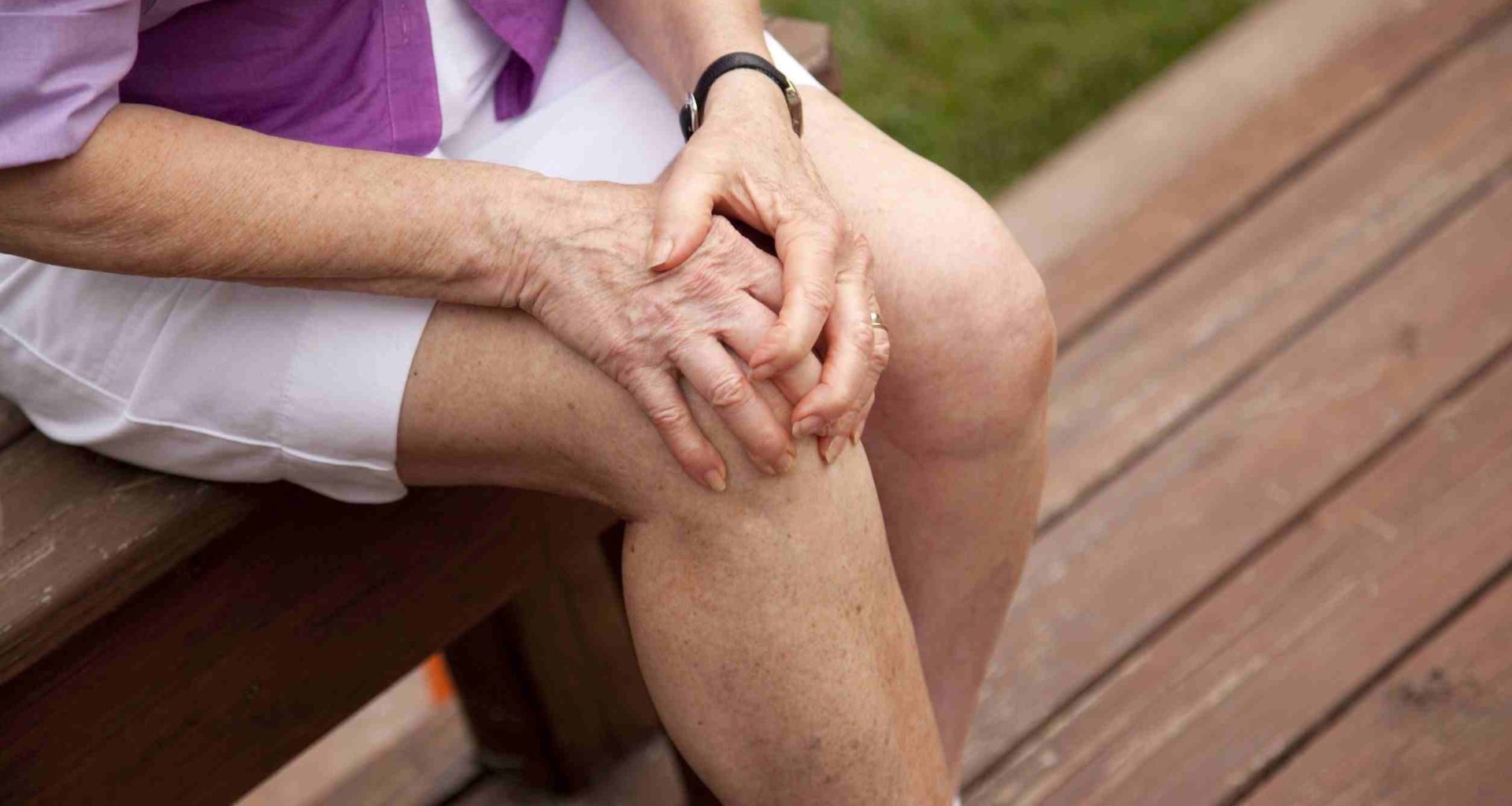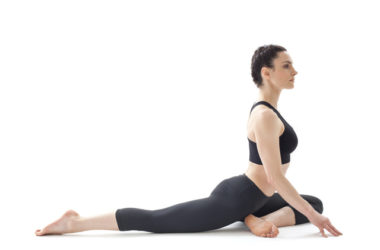Did you know that there are more than a hundred forms of arthritis and conditions related to it? Although they come in all sorts of names, causative factors and complications, many of them leave their sufferers with painful and inflamed joints. That is why many of those who are afflicted with conditions falling under the category of arthritis report of having limited work and leisure activities, primarily due to the symptoms brought about by their respective problems.
This article focuses on osteoarthritis, the most common form of arthritis which is said to affect about 27 people in the United States. Also sometimes referred to as OA, degenerative joint disease and wear-and-tear arthritis, let us take a quick look at some of the important matters about this debilitating condition.
Definition of Osteoarthritis
Osteoarthritis is the breaking down of the cartilage, which is a firm and rubbery material found between the joints to facilitate their movement, as well as serving as cushion to prevent friction. When the cartilage is worn, pain and inflammation is experienced by the sufferer. With the support and protection of the joint broken down, the bones may come into contact with one another and also degenerate, resulting in the formation of what’s known as spurs.
Osteoarthritis Risk Factors
No one really knows what causes osteoarthritis exactly. For a long time, experts believed that it is simply the normal wear and tear of the cartilage in the joints as the years pass by. These days, however, it is medically accepted that osteoarthritis is actually a disease concerning the joint. According to the experts, some of the risk factors of osteoarthritis include:
- Defect in the production of collagen, one of the numerous materials that make up cartilage.
- Abnormality in the joint that causes the cartilage’s deterioration.
- Injuries concerning the joint such as bone fracture and torn ligament.
- Repetitive joint movements that promote unnecessary wear and tear of cartilage.
- Being overweight as it puts too much strain on various weight-bearing joints like the knees and hips.
- Other diseases such as hemochromatosis and acromegaly.
Parts Affected by Osteoarthritis
Experts say that just about any joint can be affected by osteoarthritis. However, it is more commonly observed in the knees and hips, both of which are weight-bearing joints. The lower back as well as the neck may suffer from it too. It’s not uncommon for osteoarthritis to develop in the joints of the fingers and the base of the thumb and big toe.
Osteoarthritis Symptoms
The symptoms of osteoarthritis vary from person to person, depending on which joints are affected by the condition. However, pain and stiffness of the joints are the most common symptoms. They are experienced most especially after the affected joints have been immobilized for a long time, such as in the morning or after taking a rest. Especially after a physical activity, the joint stricken with osteoarthritis may become swollen. As the condition progresses, the symptoms encountered by the sufferer tend to worsen.
Complications of Osteoarthritis
Because of the various symptoms of osteoarthritis discussed above, the complications of this disease affecting the joints tend to stem from the fact that the sufferer is lacking in physical activity. For instance, he or she may end up packing a lot of pounds. It’s no secret that obesity increases a person’s risk of high blood pressure, heart disease and diabetes. Since impaired balance and muscle weakness may ensue due to osteoarthritis, the sufferer is at risk of falls and fractures.
Osteoarthritis Treatment
There is no cure for osteoarthritis as of yet. However, there are medical treatments available that can help in managing the symptoms associated with the disease. For instance, there are drugs that can help with joint pain and inflammation. Maintaining a healthy weight is also recommended. Physical therapy and mild exercises can help in strengthening the muscles around the affected joints, as well as improve flexibility and mobility.












